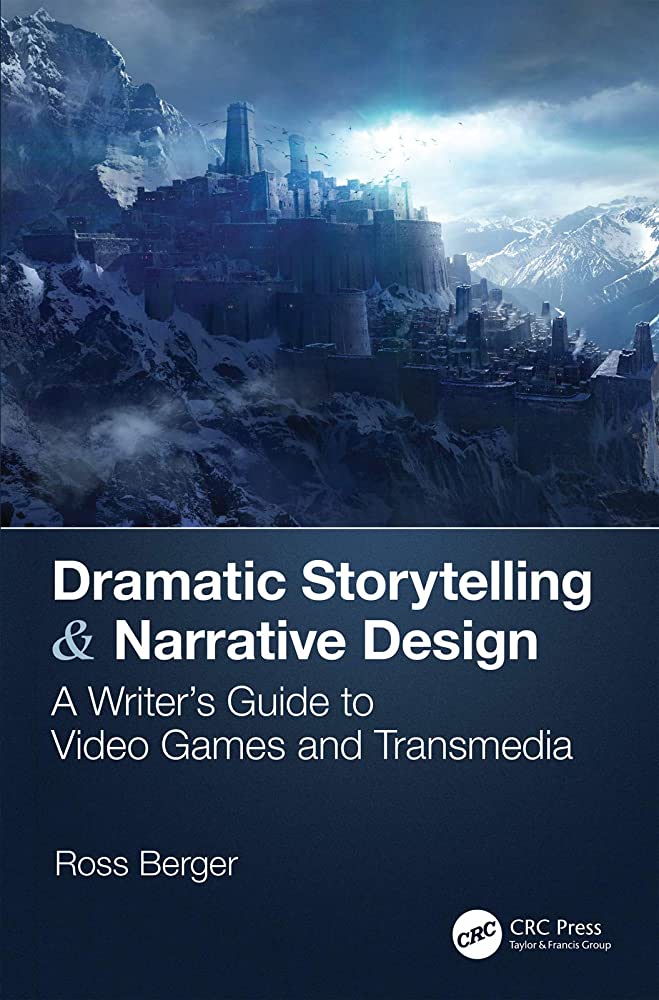Video games use immersive game art to create compelling narratives. The concept art is the first step in creating the game’s visual direction, which establishes the art style, color palette, and mood. Character design involves appearance, personality, and abilities, which can impact the game’s storytelling. Environment design is crucial for setting the game’s mood and atmosphere, including landscape, architecture, and ambiance. The environment can provide clues to the game’s narrative. Game developers can create more realistic and detailed environments, characters, and art styles to immerse players in a game’s narrative. Video games are a form of interactive art that allows players to experience a compelling story in a visually stunning world.
Storytelling Through Game Art: How Video Games Use Visuals to Tell Compelling Narratives
Introduction
Video games have evolved from simple pixelated graphics to detailed, realistic 3D environments. The advancements in technology have enabled game developers to create rich narratives through immersive game art. Game art is a crucial element in storytelling as it sets the tone, creates the atmosphere, and provides context.
In this article, we will explore how video games use visuals to tell compelling narratives, starting from creating the concept art to designing immersive environments.
The Concept Art
Concept art is the first step in the development of a video game. It is where the artist creates sketches, illustrations, and paintings to visualize the game’s visual direction. The concept art establishes the game’s art style, color palette, and mood.
The art style of the game is crucial in storytelling. For example, a cartoonish art style like that of Super Mario Bros. creates a lighthearted, fun atmosphere, while a hyper-realistic art style like that of Call of Duty creates a serious and intense atmosphere.
The color palette also plays a crucial role in storytelling. The colors used can evoke certain emotions and set the tone of the game. Dark colors like black and red are often used to convey danger, while bright colors like blue and green can create a sense of calmness.
Character Design
Characters are an essential part of any game, and their design can impact their storytelling significantly. Designing a character involves creating their appearance, personality, and abilities.
A character’s appearance can provide context to their backstory, motivations, and personality. For example, a character with a scar on their face may have a tragic backstory, while a character wearing armor may be a warrior.
The personality of a character influences their behavior and interactions with other characters in the game. Designing characters with distinct personalities can create strong emotional connections with players.
Finally, a character’s abilities can impact the game’s narrative. For example, a character with healing abilities can aid the player in challenging situations and provide a sense of relief when progressing through the game’s story.
Environment Design
Environment design is crucial in setting the mood and atmosphere of the game. It involves creating the world the game is set in, including the landscape, architecture, and ambiance.
The landscape can establish a game’s setting, whether it’s a desolate wasteland or a bustling city. The architecture can provide context to the game’s world and the cultures that inhabit it. The ambiance, such as lighting and sound effects, can also impact the mood of the game.
The environment can also provide clues to the game’s narrative. For example, a player may find clues about a character’s backstory by exploring their home or uncovering hidden artifacts.
Conclusion
The visuals in video games are a significant element in storytelling. The concept art, character design, and environment design all work together to create an immersive and compelling narrative.
As technology continues to advance, the possibilities for game art storytelling are endless. Game developers can create more realistic and detailed environments, characters, and art styles to immerse players in a game’s narrative.
In conclusion, video games are much more than just entertainment; they are a form of interactive art that allows players to experience a compelling story in a visually stunning world.
